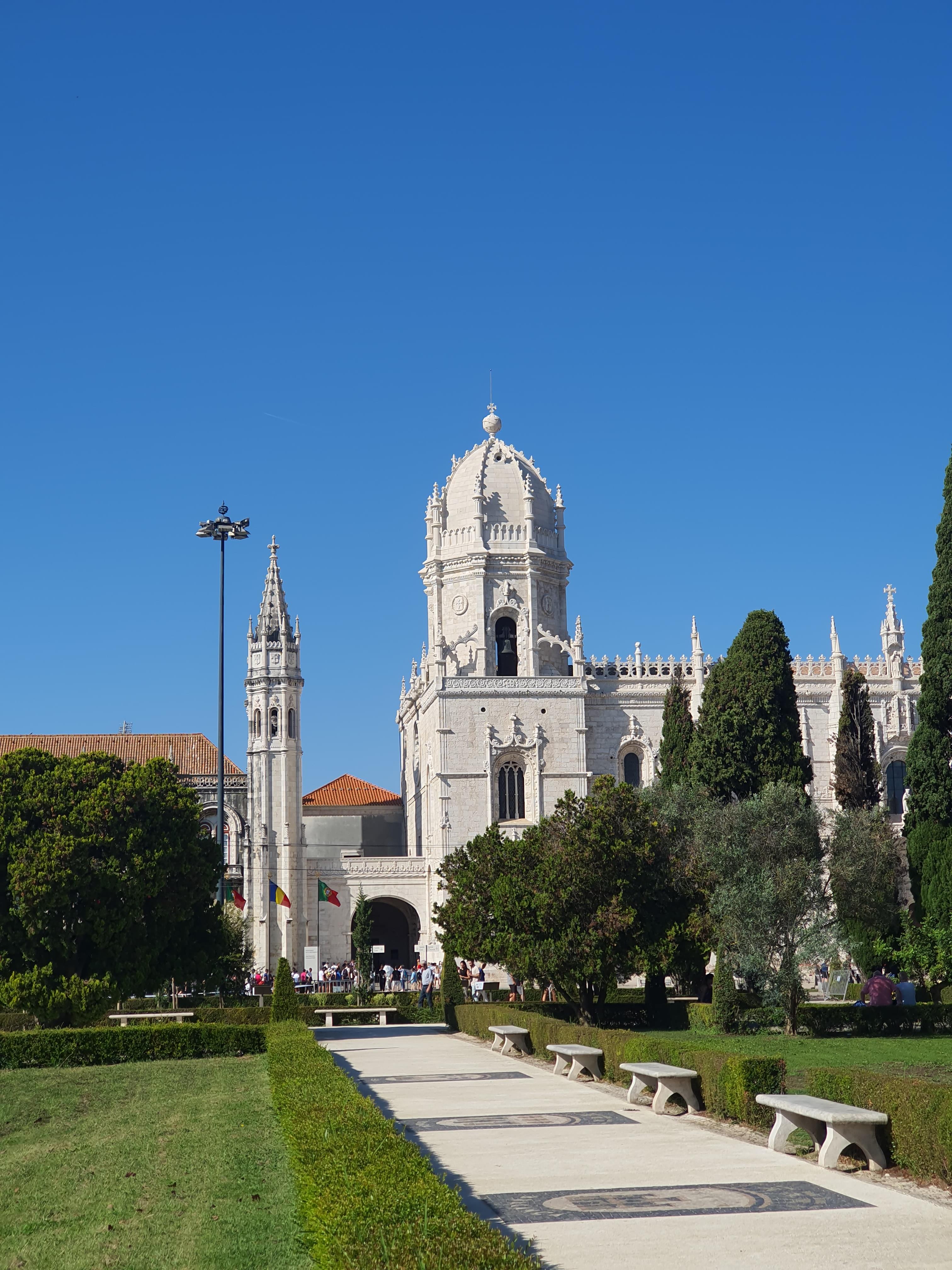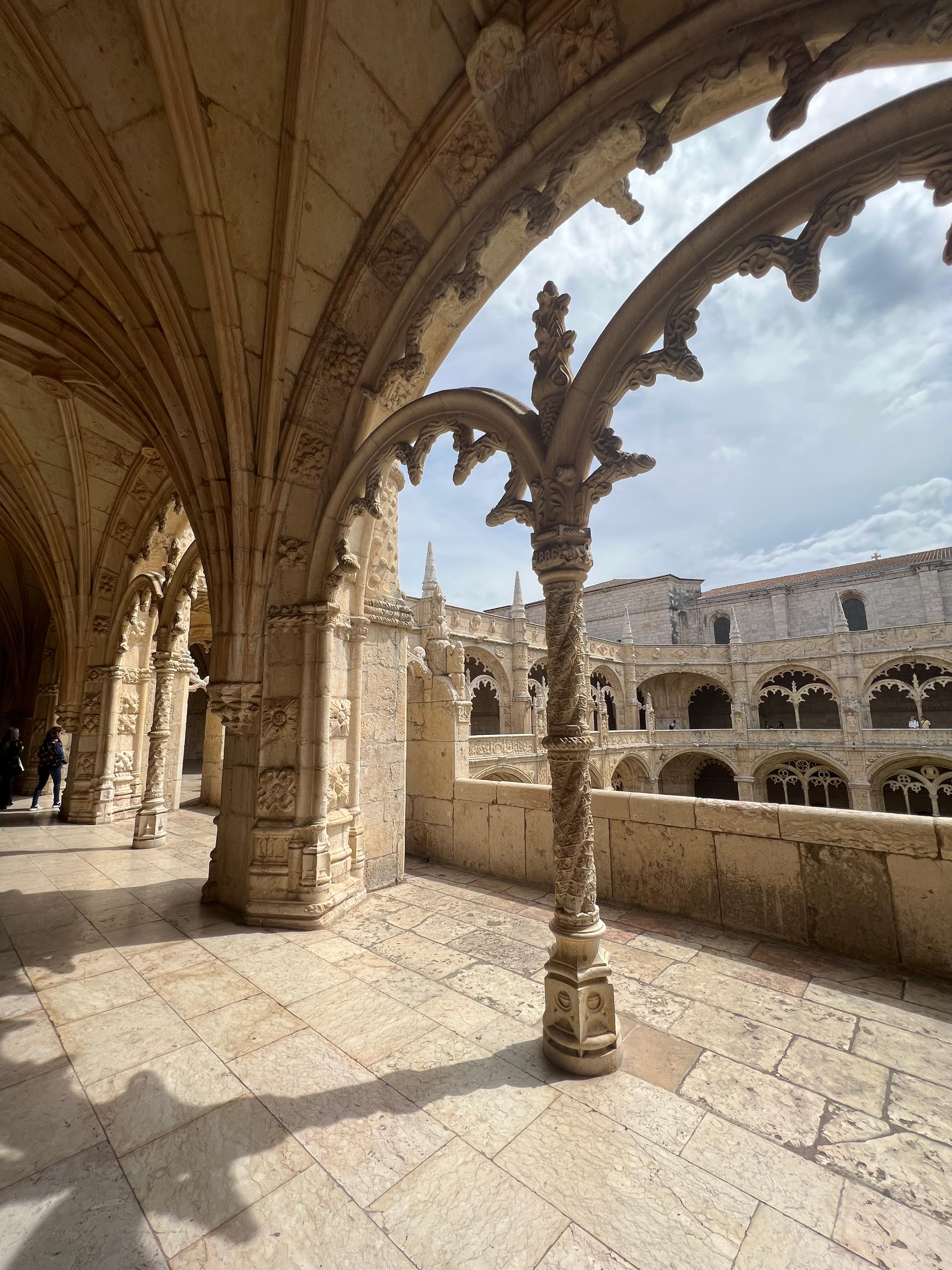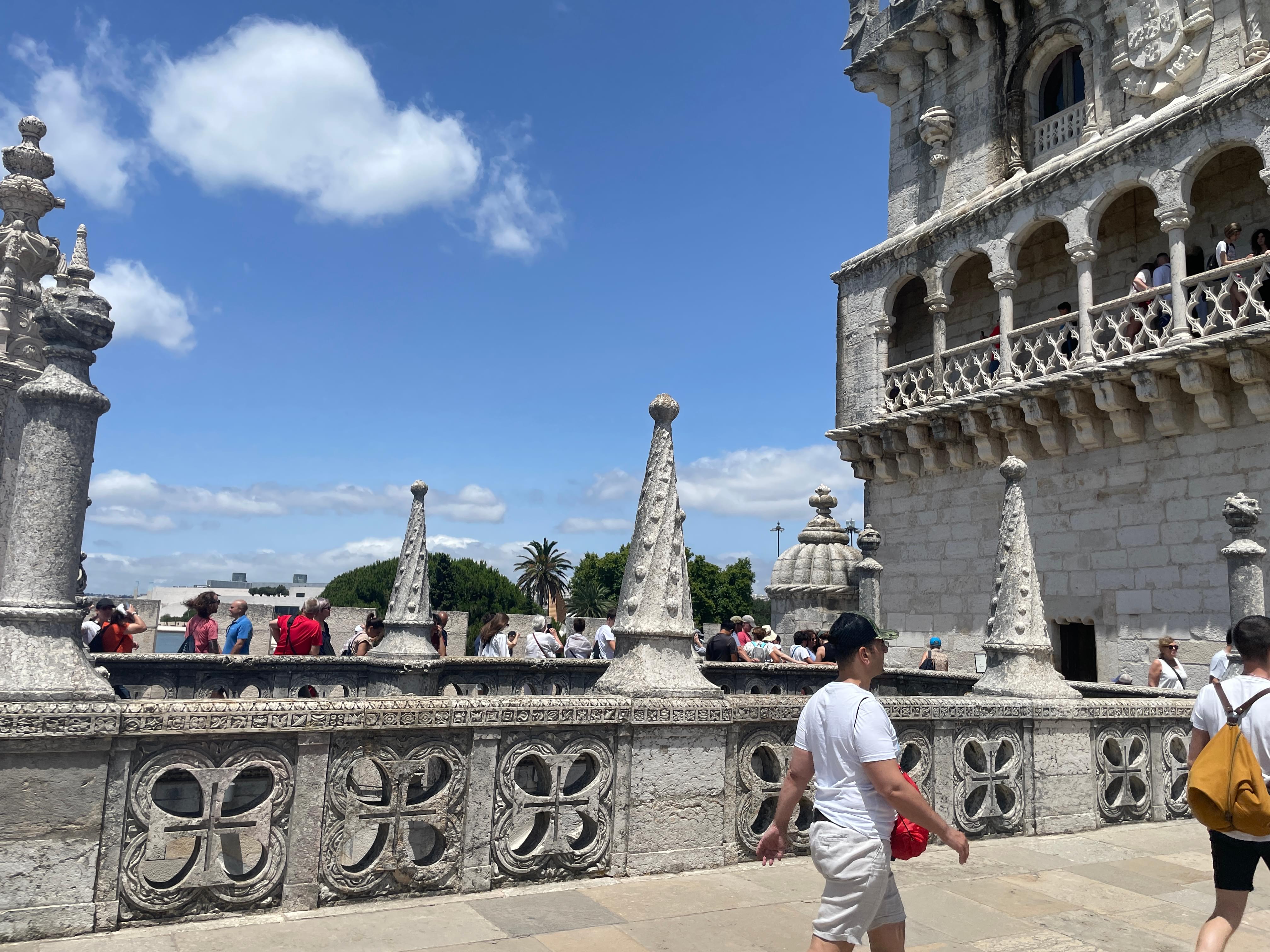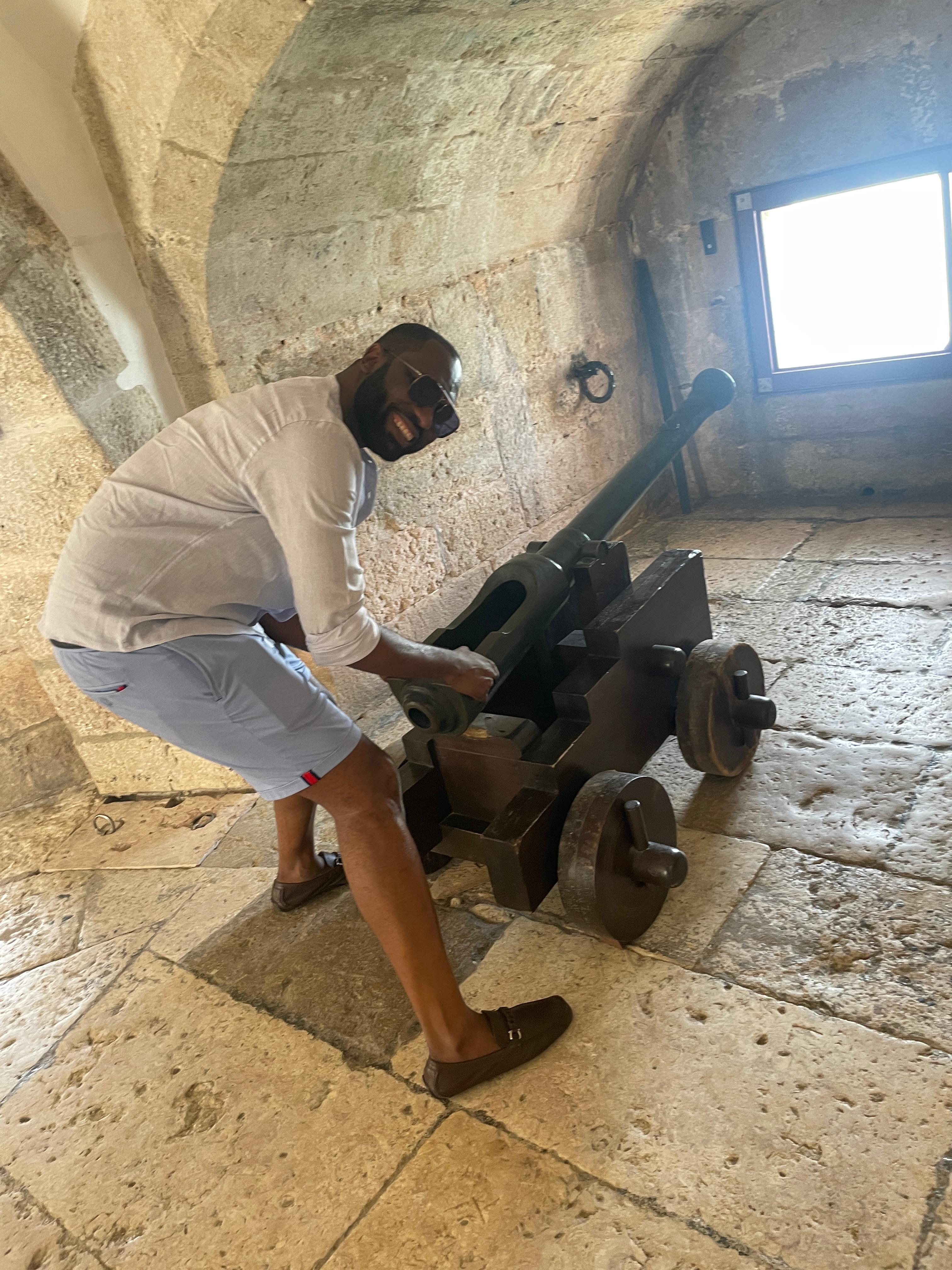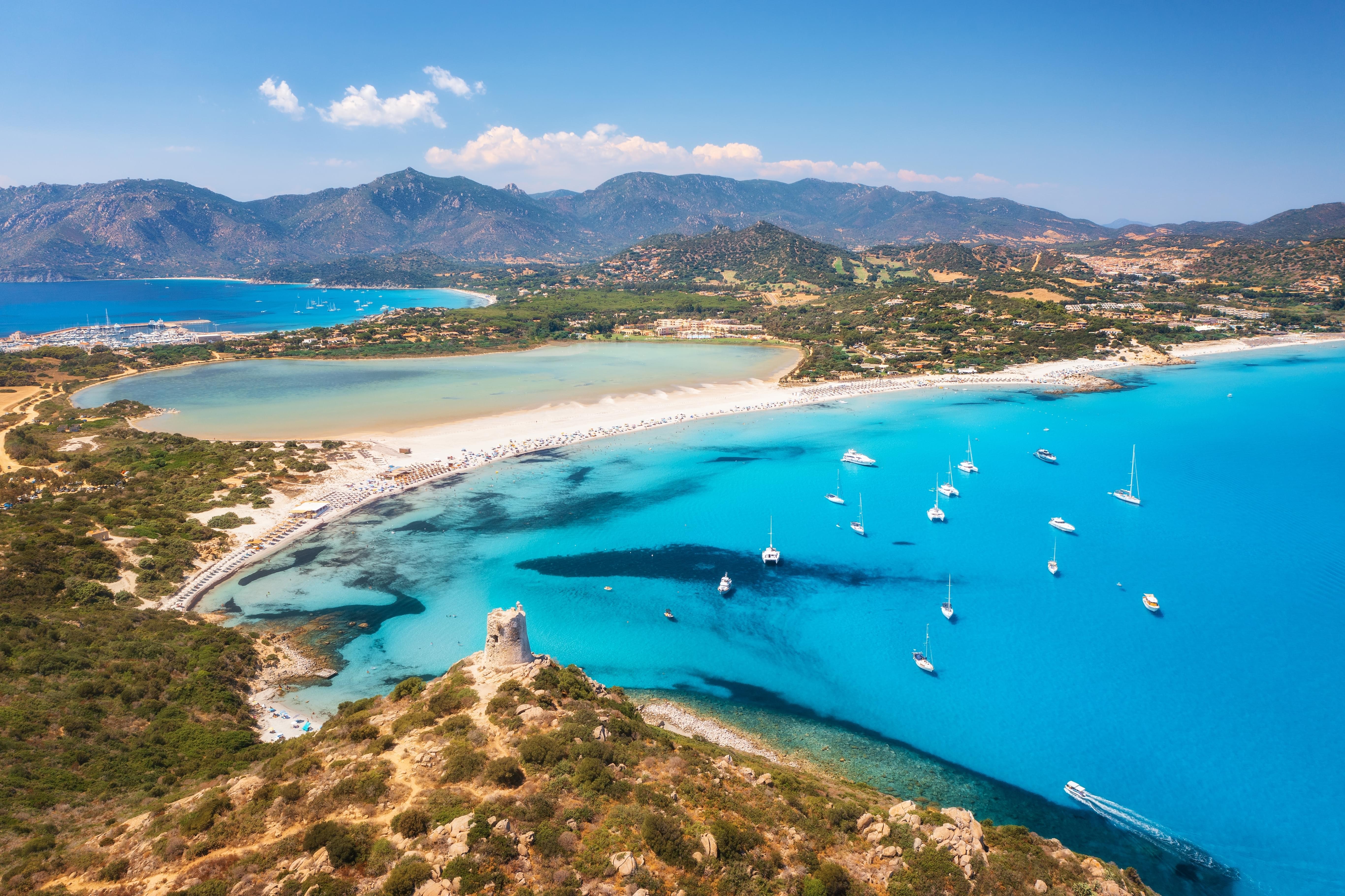Things to Do in Lisbon
Palacio de Viana is one of the most impressive Moorish palaces in Spain, built at the end of the 15th century and still retains its original architectural stylings. The palace is an important place to visit as it gives a fascinating insight into the city's history. The palace features several sumptuous patios, galleries and gardens adorned with colourful tiles, intricate fountains and lush foliage – offering visitors a striking insight into traditional Spanish architecture.
Medina Azahara is one of the incredible places to see in Cordoba, Spain which was once the capital of the caliphate and its ruins now stand as a testament to this period in history. While it may have been destroyed over 1000 years ago, its ruins are nonetheless still an impressive sight to behold. The building complex was designed as a vision of paradise with dazzling domes and intricate tile work.
The Roman Temple was built during the time of Emperor Domitian making it must-visit places to see in Cordoba, Spain. It stands on a hill and overlooks the city of Cordoba. Visitors to the site can admire its huge stone walls, arched roof and marble columns which have been preserved since the temple was built back then.
Torre de Calahorra, an old castle located in the heart of Córdoba, is a must-see when you visit the region. The castle was built by the Almohad Caliphate to protect the nearby Roman Bridge on the Guadalquivir and is a stunning example of Spanish architecture. It stands on top of a hill overlooking the nearby city and serves as an iconic symbol in the city's urban landscape.
Puerta del Puente is one of the popular places to see in Cordoba, Spain due to its unique combination of architecture, cultural significance and history. Located in the heart of Cordoba, Puerta del Puente is an authentic Moorish gate structure that dates back to the 16th century. The entrance of the bridge is surrounded by an elaborate archway providing visitors with an excellent view of the Alcázar de los Reyes Cristianos and the Guadalquivir River.
Córdoba, Spain is known for its beautiful patios and courtyards, which are a distinctive feature of the city's architecture. These outdoor spaces are often found in traditional Andalusian homes and are used for relaxation, socialising, and growing plants and flowers. The patios and courtyards of Córdoba are worth a visit for anyone interested in traditional Andalusian architecture and culture.
Located in the historic city of Cordoba, the Calleja de las Flores is a winding cobbled street lined with businesses and homes that display a variety of art styles. The colours, textures and materials used to decorate this street are truly captivating, making it one of the most popular spots to explore in Cordoba..
The Santa Marina Church is a historic church located in Córdoba, that is worth a visit for anyone interested in the city's history and culture. Built in the 13th century, the Santa Marina Church is a Gothic-style church that is known for its beautiful architecture and history. It is located in the old Jewish quarter, or Judería, of Córdoba and is surrounded by narrow streets and colourful houses.
The Alcázar de los Reyes Cristianos, also known as the Castle of the Christian Monarchs, is a royal fortress and castle complex located in Cordoba, Spain – and it's an iconic symbol of Moorish-Christian heritage. It has been a point of interest since the time it was built in 1328, and is home to a vibrant museum that is definitely worth exploring.
Cordoba Synagogue is one of the most outstanding Cordoba attractions in Spain, devoted to preserving and showcasing the legacy of Jewish art, culture, and history. Located in the heart of Cordoba’s famous Jewish quarter, this ancient building dates back to 1315. Visit this beautiful monument and appreciate its unique architectural style combining Gothic and mudéjar elements that depict both Muslim and Judaic cultures.
Take a journey into one of the most awe-inspiring religious sites in all of Spain: the Chapel of San Bartolomé which was built between 1390 and 1410. With its incredible architecture, stunning artwork, and strategic placement atop a mountain, it is easy to see why this site continues to draw visitors and admirers from near and far.
Visiting Cristo de Los Faroles is a religious experience which transcends beyond just visiting an iconic site - it's as though you can feel an energy around the place that will captivate visitors and make them stay for far longer than expected. A two-hundred-year-old statue of Jesus Christ surveying the city from atop the hill, Cristo de los Faroles is without a doubt one of the most beloved attractions in Cordoba.
The Triumph is an impressive example of Spanish architecture from the period and stands out for its eclectic mix of mudéjar, Renaissance-style and Baroque architecture. Although it was built as a portico, where people entered at different points as religious processions advanced through it, today it serves as a mecca for tourists visiting Córdoba.
The Church of San Agustín is a Baroque-style Catholic church in the city of Córdoba, in the province of Córdoba, in the autonomous community of Andalusia, Spain. On your visit you will be able to appreciate the ornamentation made with columns, entablatures and capitals. It is one of the most emblematic historical monument temples in Cordoba and one of the must-visit attractions for its multitude of features.
Praça do Comércio, located in Lisbon, Portugal, is a grand waterfront square known for its stunning yellow buildings and historic Arco da Rua Augusta. Once the site of the royal palace, it now serves as a vibrant hub with cafes, statues, and scenic views of the Tagus River.
Restauradores Square is located in the central region, Baixa in Lisbon, Portugal. It is a famous landmark representing the freedom of the country. There is a Monument to the Restorers, a 30-meter-tall obelisk in the middle of the square, established in 1886. The obelisk has the names and dates of the battles fought in the 17th century as part of the Portuguese Restoration War. Behold the two bronze statues of Independence and Victory on the obelisk in the middle of a patterned pavement.
Popularly known as the Town Palace, the Sintra National Palace is a historic house museum today and one of the most attractive places to visit in Portugal. It is one of the most well preserved royal palaces from the medieval era in Portugal. It is the country’s most lived-in royal palace which also showcases minimalistic Gothic designs alongside highly adorned state rooms.
Located in São Pedro de Penaferrim, this Romanticist castle stands on the top of a hill in the Sintra Mountains. It was completed in the mid 19th century and can be easily spotted from anywhere in Lisbon. It is also one of the top places to visit in Portugal for its splendid architectural features and vast forested park.
This Moorish Castle is one of the most popular places to visit in Portugal that fundamentally served as a military fortification testifies to the presence of Islamic rulers in the country. It is believed that these were initially built during the eighth and ninth centuries and were later expanded. They look over the town of Sinatra and served as a watchtower thus standing guard to Lisbon and the surrounding region.
More Lisbon Activities
Our Partners
Lisbon Things To Do FAQs
What are the best things to do in Lisbon?
1. Hop on the Santa Justa Lift: Taking the Elevador de Santa Justa and getting to the observation deck at the top to enjoy the mesmerising views of the city is one of the best things to do in Lisbon. This lift is built in the same style as that of the Eiffel tower owing to the architect being the same. The lift has become one of the most popular viewpoints in Lisbon and takes you to a height of 147 ft above the ground to give you a bird eye view.
2. Take a look at the Basilica da Estrela: Basílica da Estrela, built in the 18th century, is one of the most beautiful churches of Lisbon. If you are wondering what to do in Lisbon then visit this church with great historical significance. The interior of this church is in pink and black marble and it is home to the tomb of Queen Maria I. Admire at the rococo dome and the façade with twin bell towers adorned with many statues and figures.
3. Visit the Carmo Convent: Visit this once greatest building of Lisbon with its ruins from the horrid earthquake of 1755. It is a popular tourist destination and visiting it comes under the top things to do in Lisbon. Its Gothic architecture can still be seen in the arches that remain. These ruins are used as a backdrop in summers for many events like open air concerts and cultural events.
4. Explore the Museu Nacional de Arte Antiga: Museu Nacional de Arte Antiga was founded in the 19th century in a 17th century palace. This museum is one of Portugal's most famous attractions with a garden that gives an amazing view of the River Tagus. You will get to see the remarkable works of Nuno Gonçalves, Frei Carlos, Vasco Fernandes, and many more Portuguese artists, while exploring the museum. This museum also has extensive collections of valuable pieces from all over the world.
5. Witness the Palácio Nacional da Ajuda: Palácio Nacional da Ajuda was the home to the Royal family of Portugal in the 19th century. This neoclassical palace has an extensive collection of decorative art like tapestries, gold and silver ware, paintings, and many more, that you can explore while visiting the Royal Treasury Museum. This museum also has a vast collection of Portugal crown jewels.
6. Admire the Park and National Palace of Pena: When wondering what to do in Lisbon, visit the National Palace of Pena and the park that surrounds this beautiful architecture to experience the fairytale life you have seen in Disney movies. This palace with its colourful tones and the park with its hues of green make visitors feel like they are in a dream.
Which are the most famous places to visit in Lisbon?
1. Oceanário de Lisboa: Oceanário de Lisboa is a conservation-oriented oceanarium with about 8000 marine life swimming in 7 million litres of water. Feel as if you are underwater as you look at gliding mantas, zebra sharks, honeycombed rays, schools of neon fish and many more from huge wrap around tanks.
2. Padrão dos Descobrimentos: Padrão dos Descobrimentos is a massive sculpture on the banks of the Tagus River, a reminder of the golden age of Portugal's history. Admire the dramatic work of art that commemorates the Age of Discoveries of Portugal with sculptures of many popular explorers.
3. Jerónimos Monastery: Jeronimos Monastery is a must visit when wondering what to do in Lisbon with its notable architecture. This UNESCO recognised World Heritage Site is a National Monument constructed in the 15th century. Visit this monastery to pay your respects to St. Mary of Belem and the order of St. Jerome.
4. Centro Cultural de Belém: Centro Cultural de Belém also known as CCB is the most iconic building of modern Lisbon. This is also the most popular place amongst both localities and tourists due to the beautiful gardens and cafes providing great public spaces and its closeness to the river makes it desirable. While you are in CCB, enjoy the many shows, events, concerts and exhibitions of this cultural hub.
5. Museu Calouste Gulbenkian: Museu Calouste Gulbenkian is a beautiful building with great architecture that is in harmony with the surrounding gardens. The museum houses a private collection of Calouste Gulbenkian with other pieces of art by Rogier van der Weyden, Rembrandt van Rijn, Hubert Robert, amongst many others that you can enjoy when on a visit here.
Which are the best places for shopping in Lisbon?
1. Avenida Da Liberdade: Avenida da Liberdade is one of the most expensive shopping streets famous for its luxury stores, boutiques and hotels. This is an ideal place to explore if you are thinking about what to do in Lisbon and are into high end products and brands. Some of the brands you can find here include Gucci, Louis Vuitton, Prada, Dior, Burberry and Armani.
2. Rua Augusta: Rua Augusta is a vibrant street with mosaic pavements, cafes, shops, peddlers and street artists. This is a haven for shopping freaks, as you can go around bargaining to your heart’s content. After you get tired of exploring all the shops with colourful clothes, local handmade products and everything else that this market has to offer, you can take a rest at one of the cafes here and grab something to eat or you can enjoy the performances put on by local artists.
3. Fashion Clinic: Fashion Clinic is one of Lisbon's luxury stores with 100s of brands. This store promotes exclusive relationships between the customer and itself, making shopping here a unique experience and one of the best things to do in Lisbon. You can find everything here, from clothes, jewellery, shoes, perfumes, accessories, candles, cosmetics etc., to CDs and books. A few brands you can find here are Jimmy Choo, Zuhair Murad, Marni and Alexander Wang.
4. Centro Colombo: Centro Colombo is one of the biggest shopping malls in the Iberian Peninsula with about 340 shops, 60 restaurants, 8 cinemas and many other leisure activities available for the visitors. This mall is a tourist spot and shopping here is the best thing to do in Lisbon with all the variety you get in clothes, jewellery, footwear, etc,.
5. Amoreiras: Amoreiras Shopping Center is one of the largest shopping malls in Lisbon. This building has astounding architecture and won the Valmor and Municipal Prizes for the same. It is the best place for retail therapy with a large number of shops where you can find everything you might need, from clothes, jewellery and makeup to other services.
Where can I enjoy the nightlife in Lisbon?
1. Majong: Majong is one of the best bars you can find in Lisbon with its famous ice-cold beer and exquisite cocktails. Apart from the amazing drinks available here, the food is also scrumptious to keep you filled the whole night.
2. Music Box: Music Box is one of the most popular spots in Lisbon with its talented DJs, bands, MCs and deafening music. The place is always full and is perfect for music lovers and wild dancers.
3. Lux: Lux is one of the most luxurious clubs in Lisbon with its grand decorations including glitter balls, cushioned armchairs, huge pillars and gigantic dance floor. This club serves you with vibrant cocktails while you dance your heart out.
4. Cinco Lounge: Cinco Lounge is an expensive bar built in New York style with a lively atmosphere and great drinks. The famous drinks that you must try at this lounge are Madagascar Bourbon and Madeline Hays.
What is the best time to visit Lisbon?
March to May and September to October are the best times to visit Lisbon as the weather is warm enough and you can easily explore the city on foot. Also as this is not the peak season, the rates are cheaper for everything from hotels, transportation and food to the entry tickets of different attractions.
What is Lisbon famous for?
Lisbon is famous for yellow trams and the traditional fado music. These yellow Remodelado trams are a great way to explore the city, with tram 28 you can not only see the city’s best attractions but also witness the daily life of Portuguese people. Also if you want to enjoy fado then go to the Barrio Alto and Alfama neighbourhoods.
Is Lisbon worth visiting?
Yes, Lisbon is definitely worth visiting owing to its amazing architecture, centuries of art, beautiful museums, mouth watering food and many attractions. The capital city of Portugal has a lot to offer and caters a spectrum of tourists, be it the culture and history buffs or party people.
What are the essential items that one must pack while travelling to Lisbon?
-Clothes- Pack a pair of flowy pants, denim shorts, tank tops, t-shirts, long sleeve t-shirts, skirts and also pack a summer dress or two
-A pair of comfortable shoes with non-slip soles are perfect when exploring the city on foot
-Sunglasses, sunscreen and scarf to protect yourself from the bright sun
-Passport, cash and bank cards
-Electrical adaptors and portable battery
-Camera
-Day Backpack- A backpack is another essential item to carry with you, as it can hold all the important things you will take around with you on your trip
Newly Added Lisbon Experiences
Lisbon Things To Do Reviews





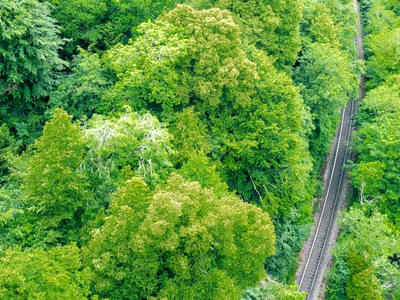


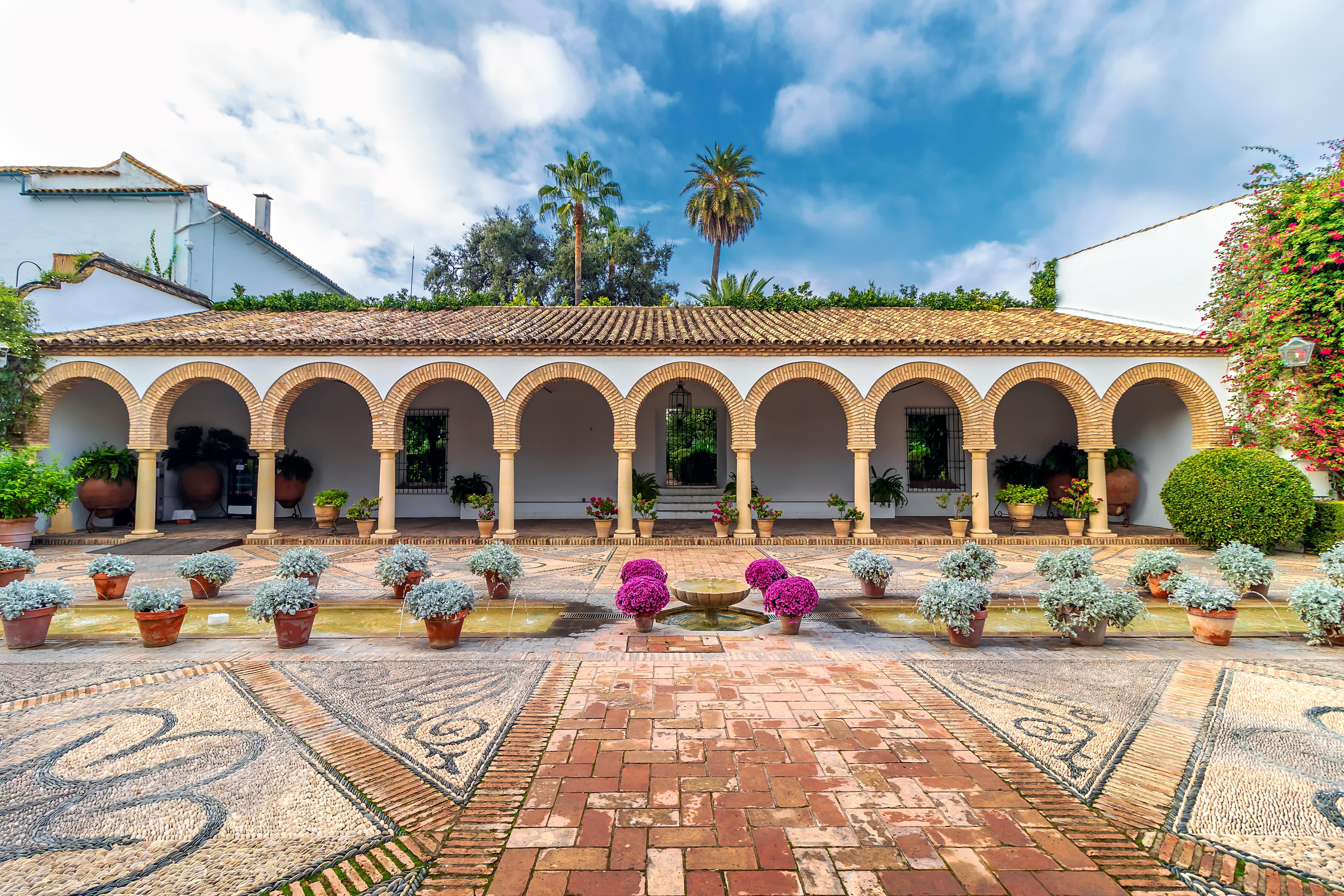
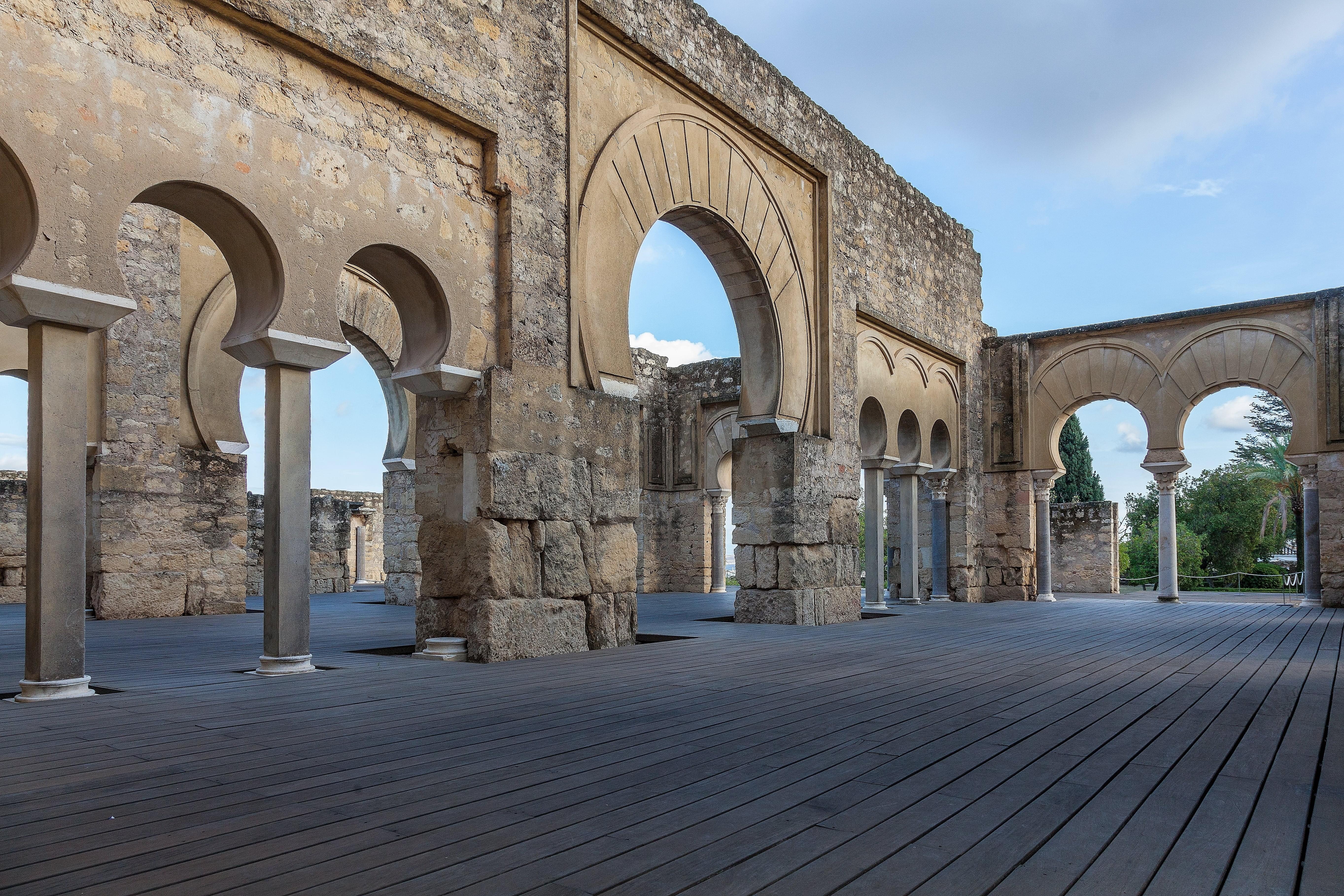


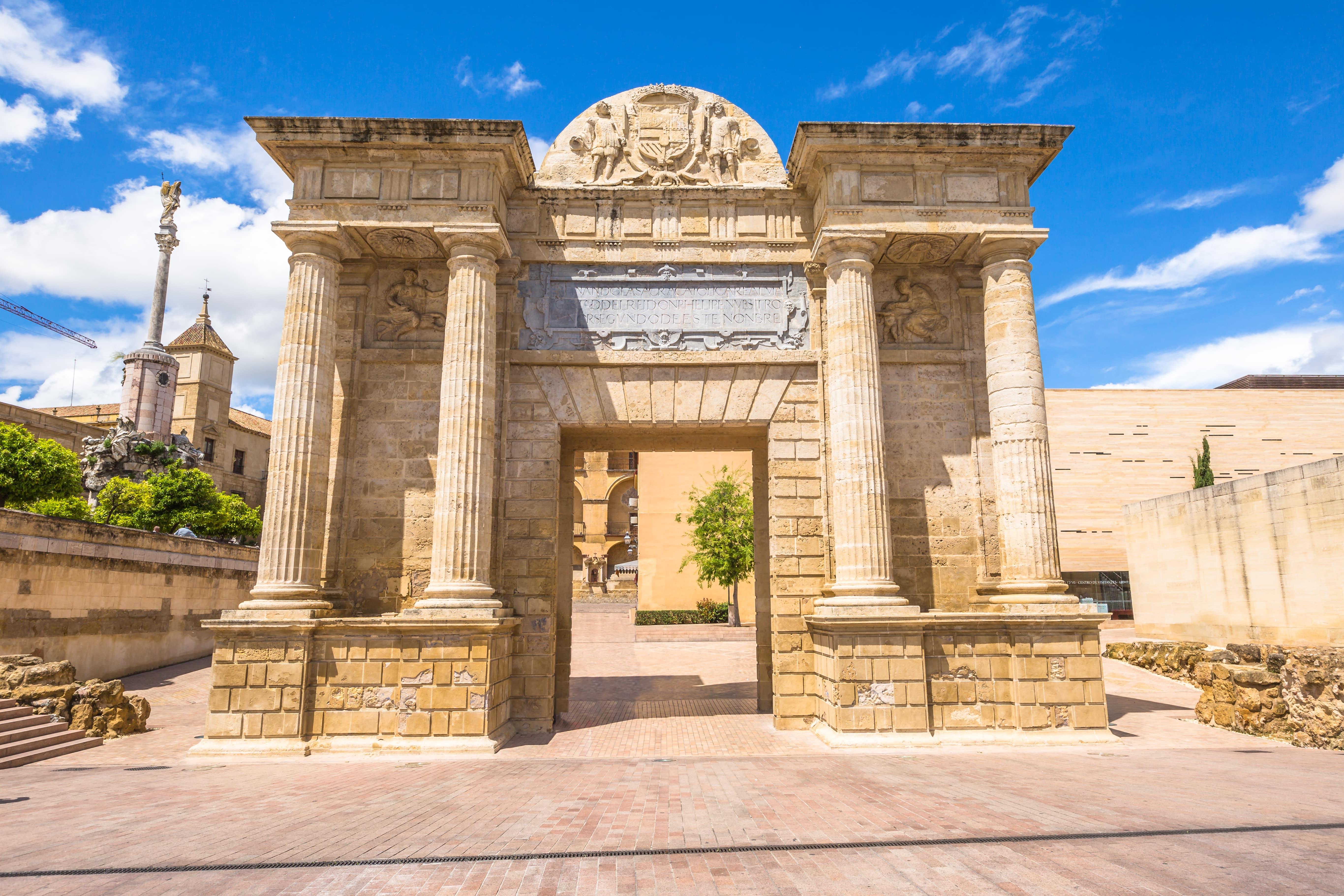
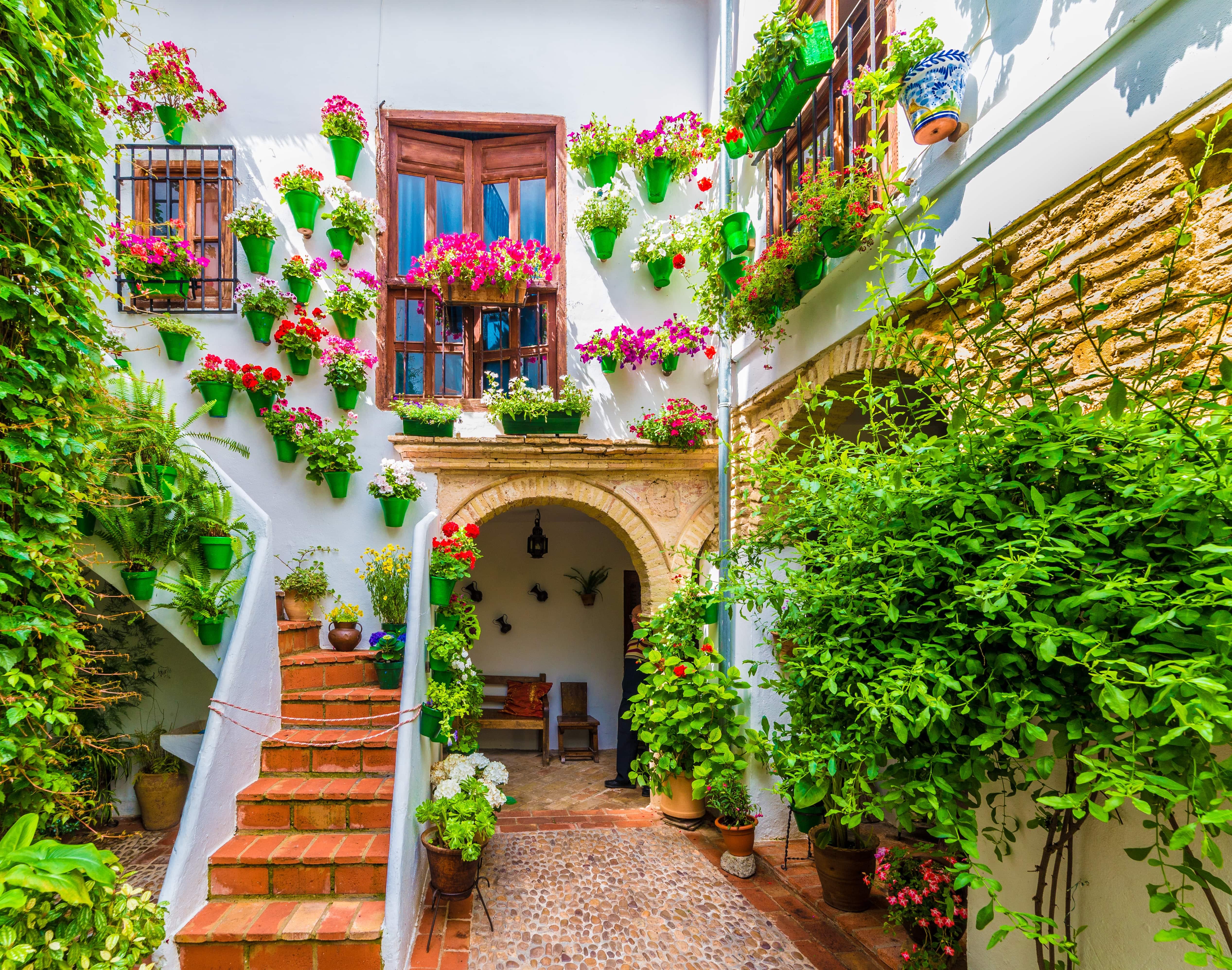
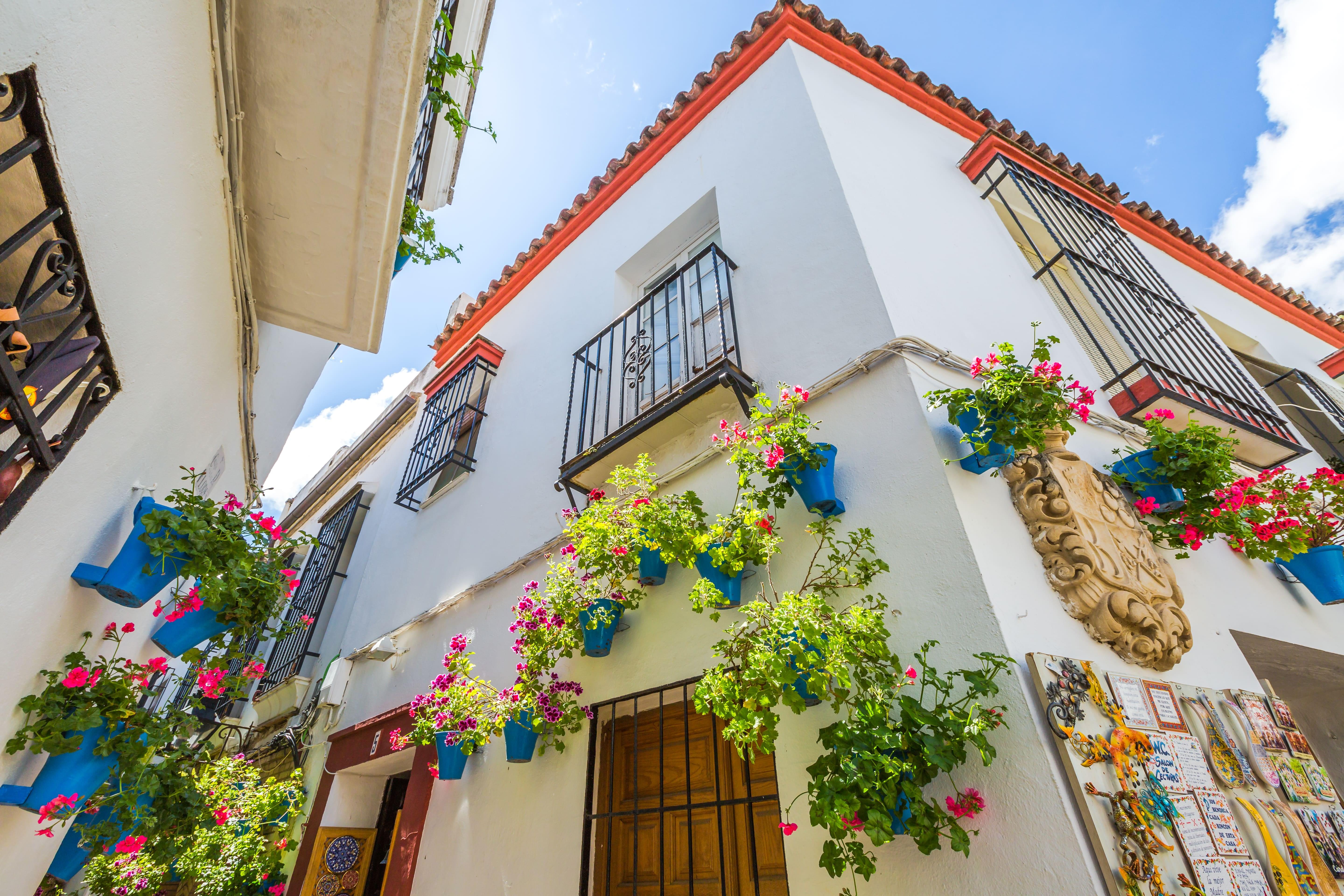

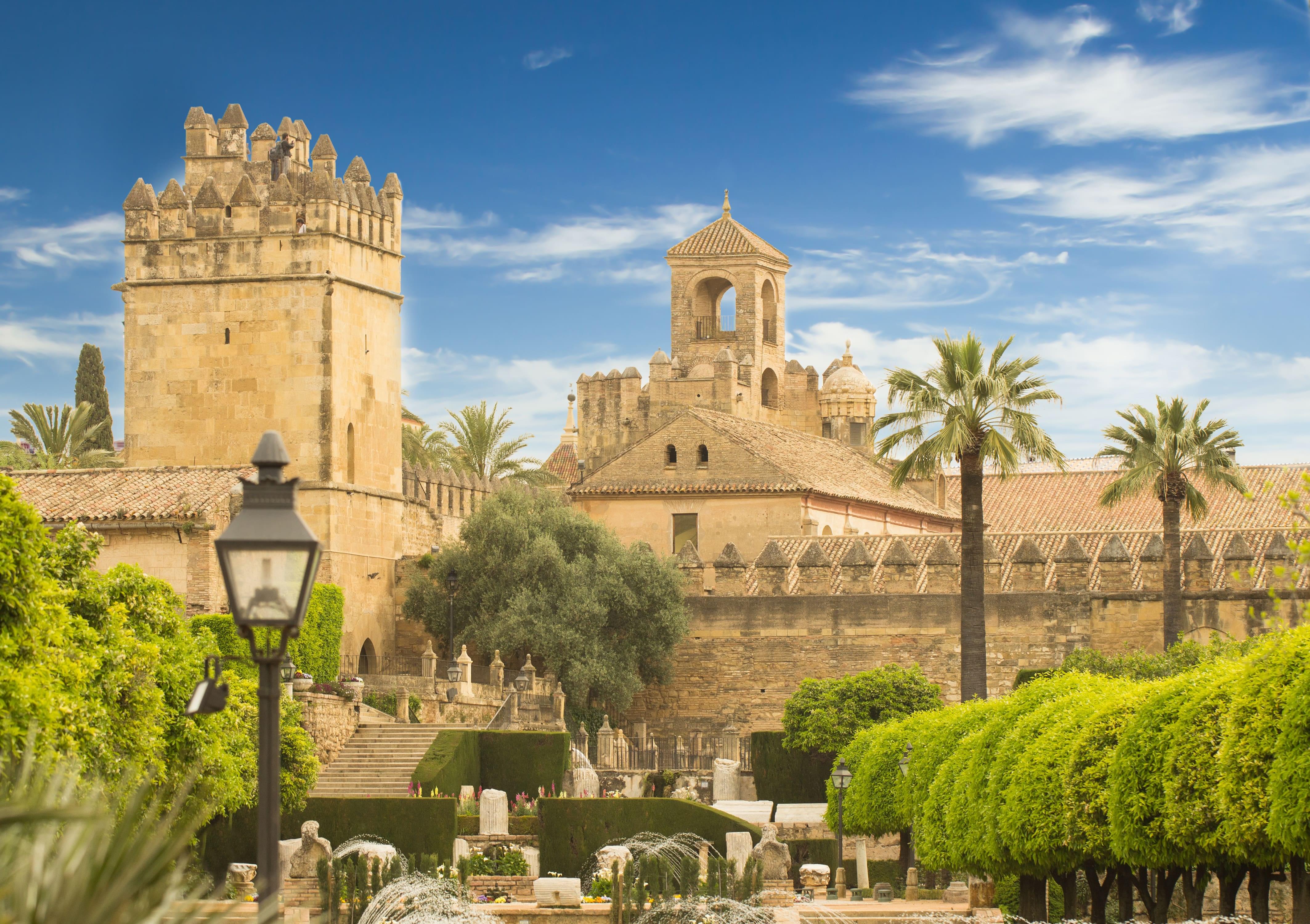
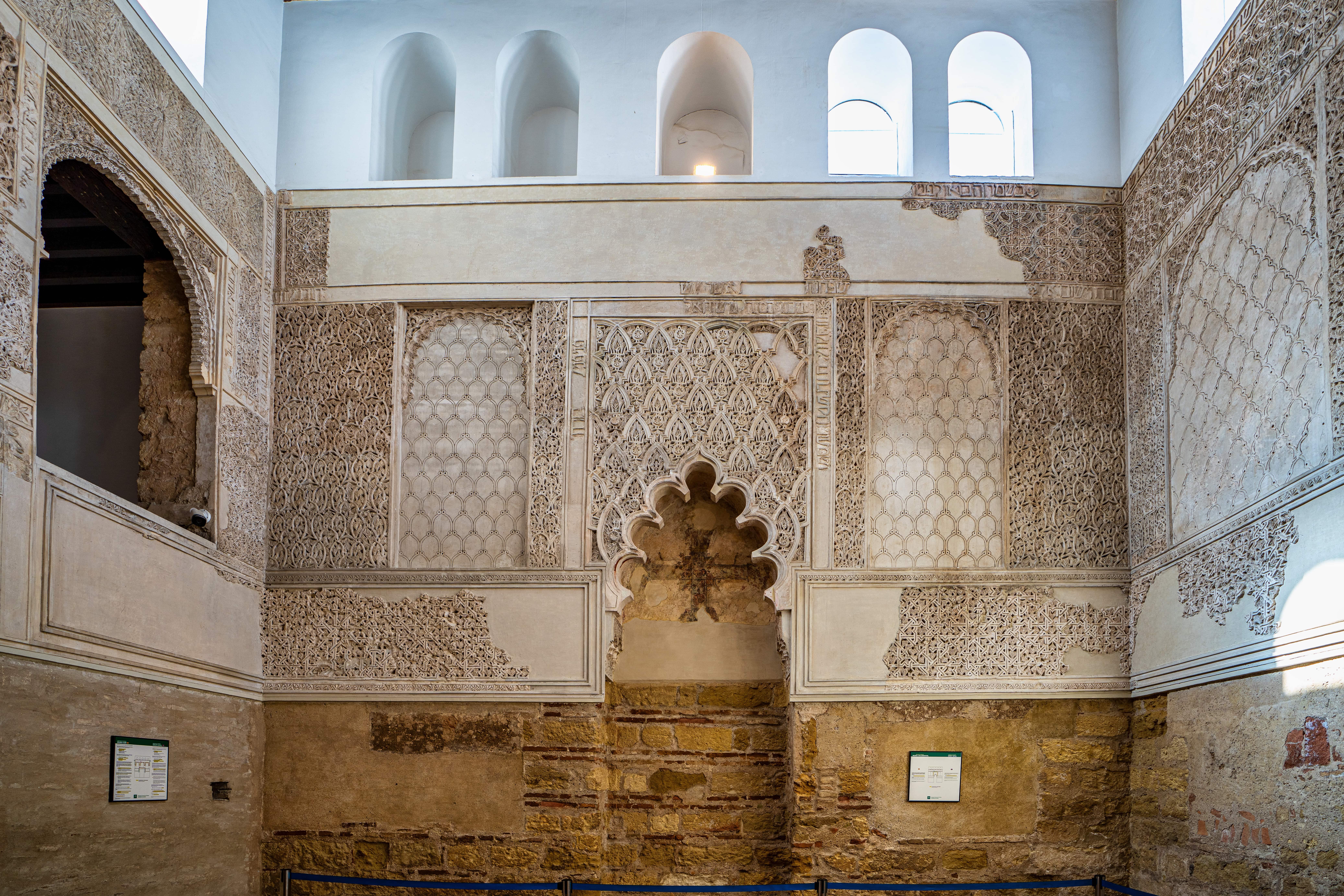
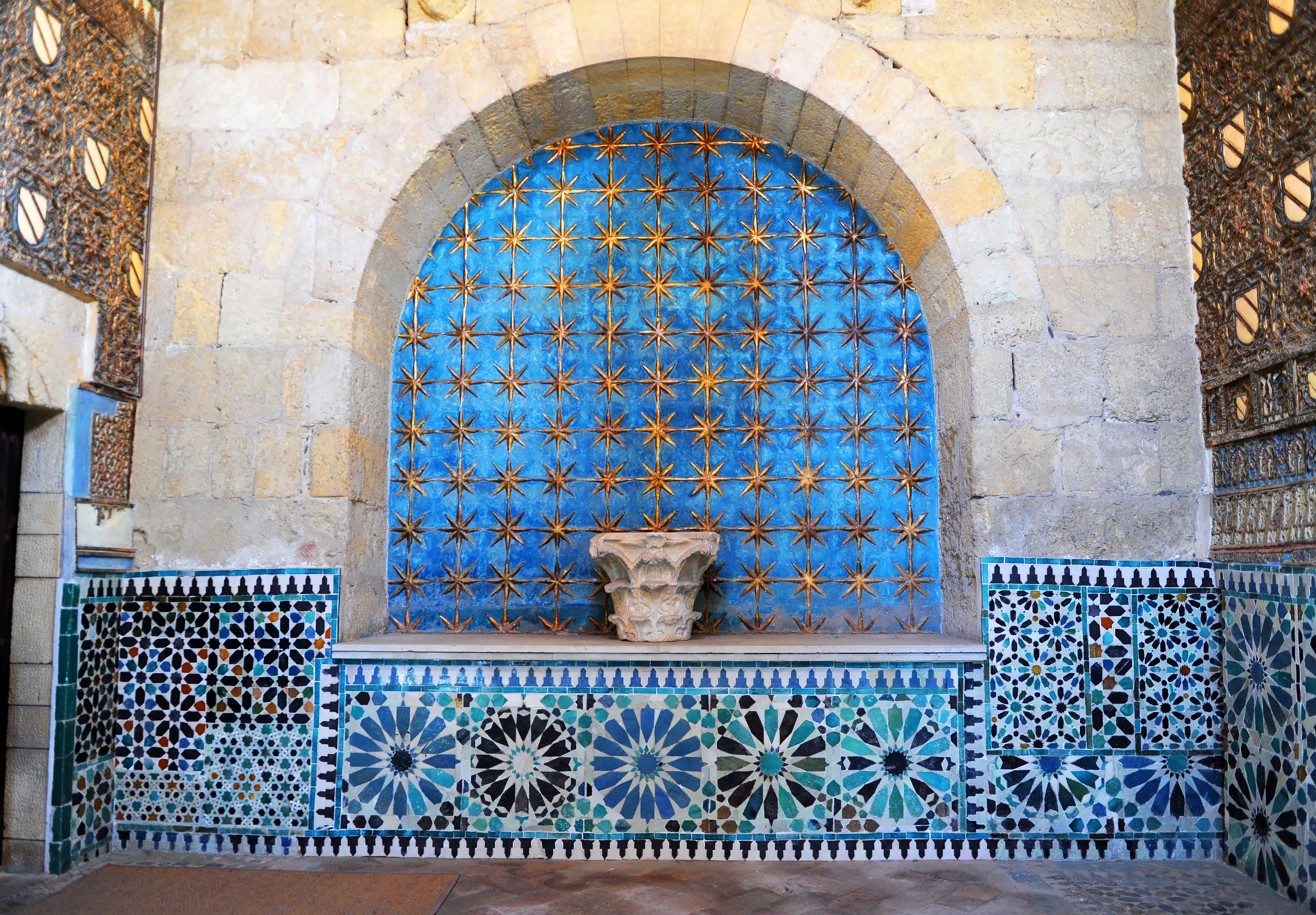
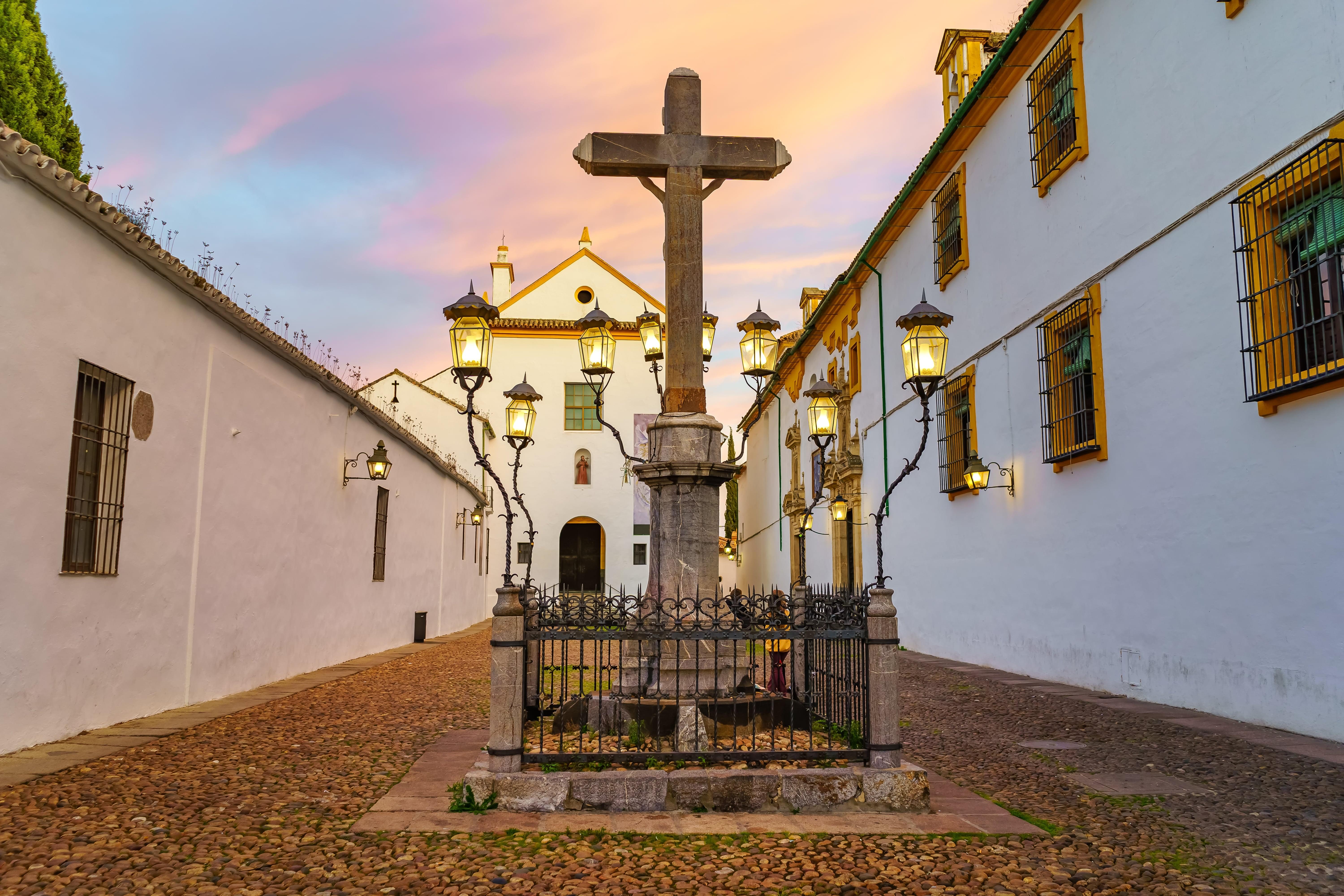

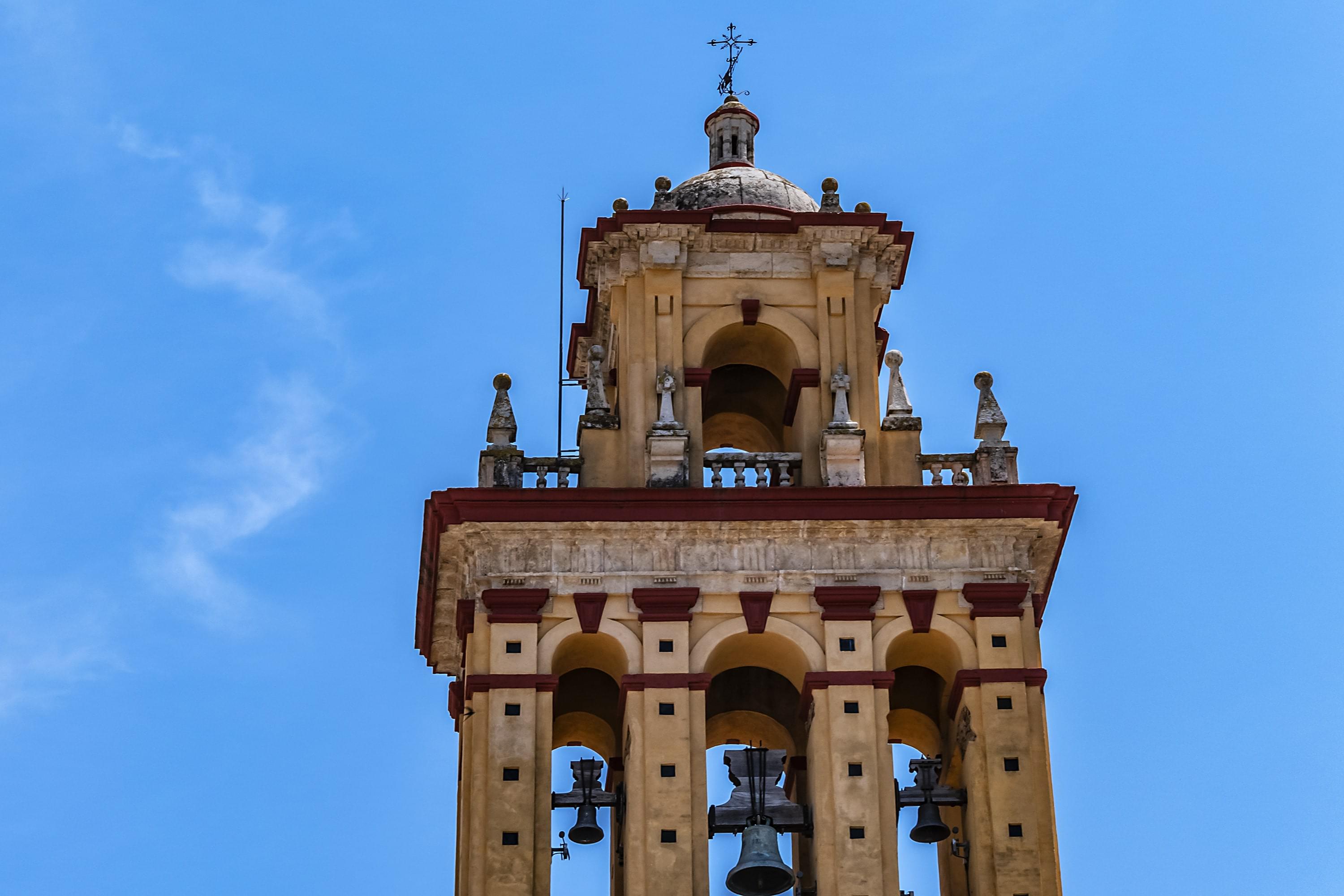


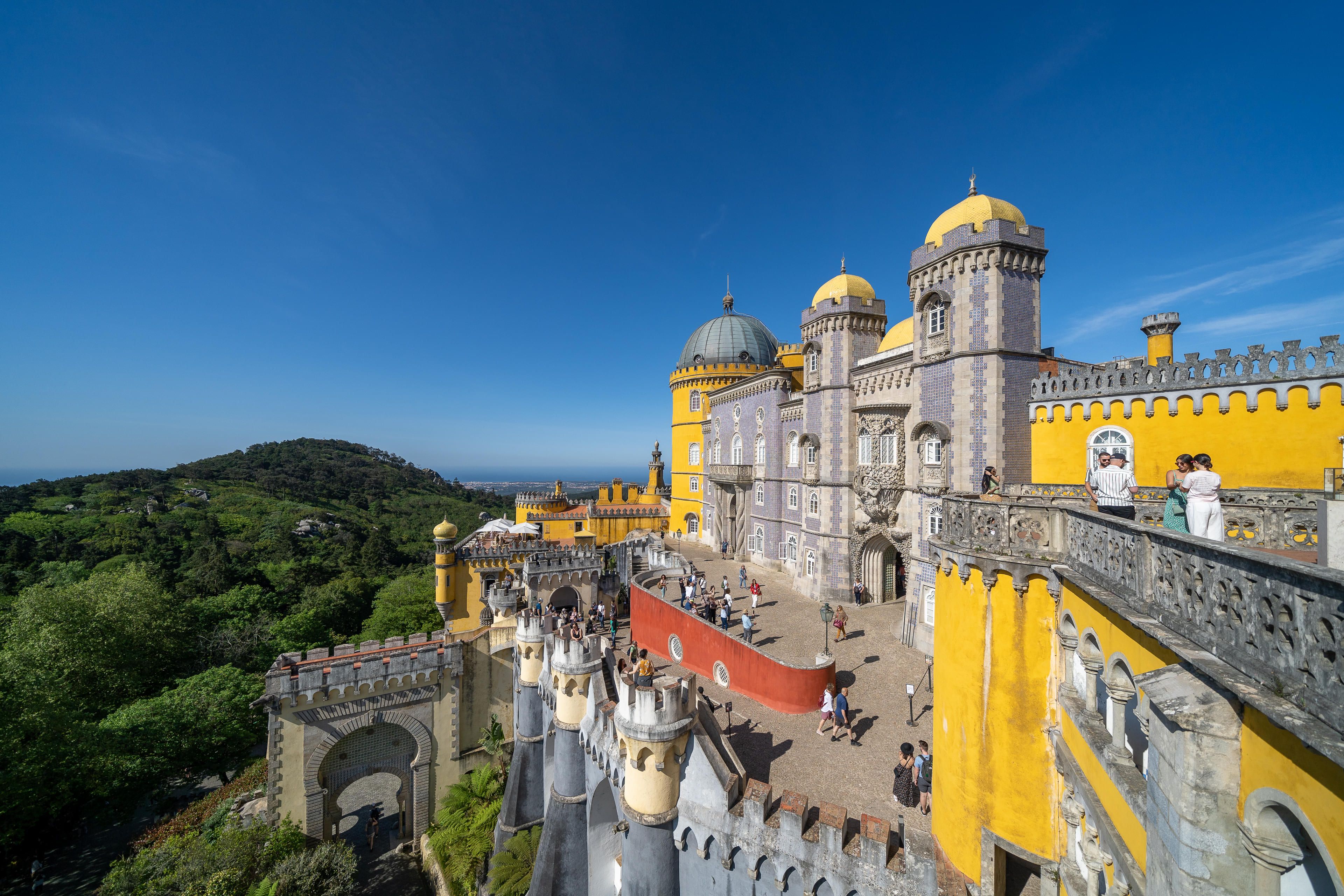
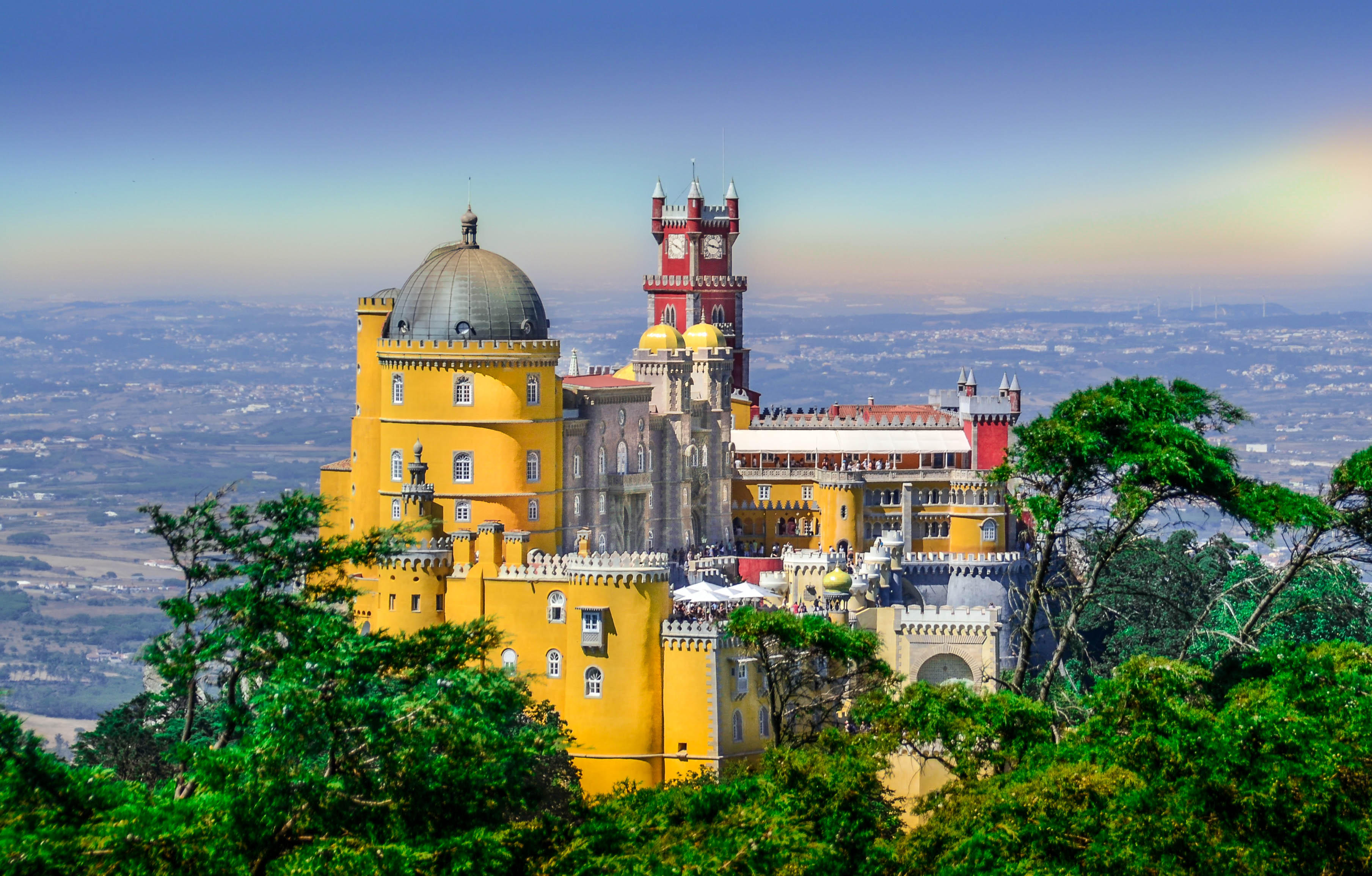







































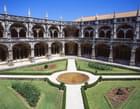
.jpeg?w=340&dpr=2)




